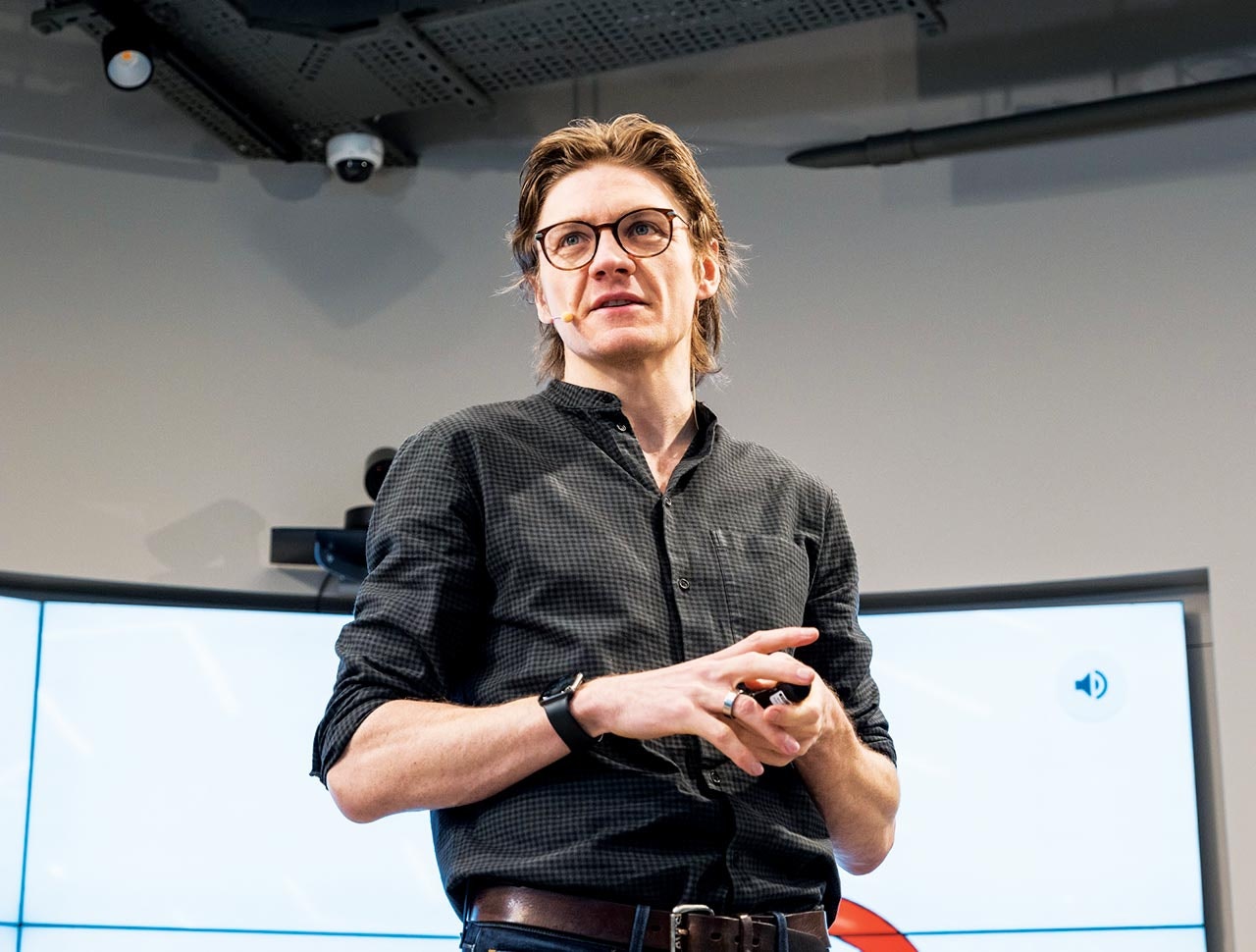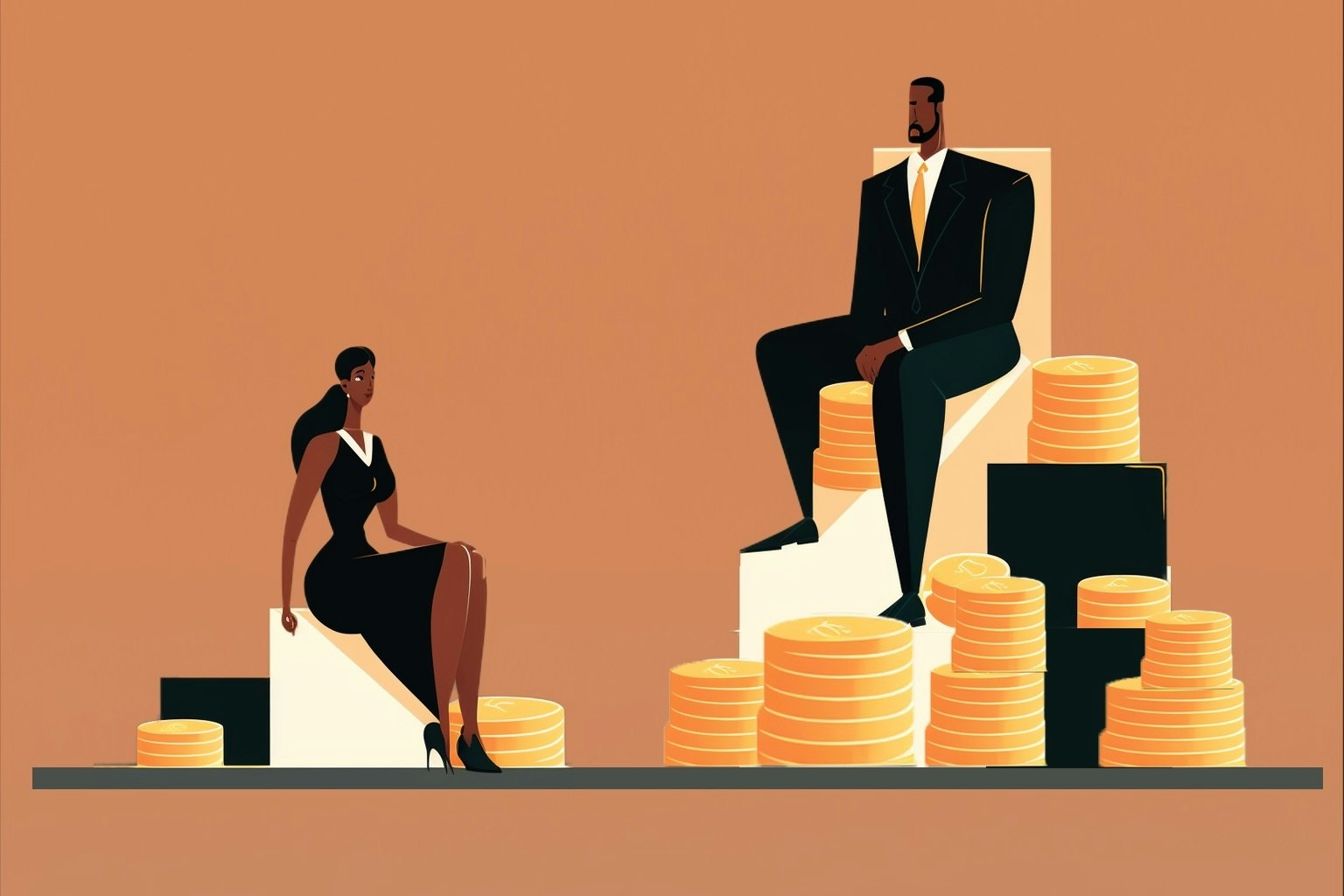Europe has a proud tradition of great design. We’ve produced some of the world’s most renowned designers. We’ve designed some of the world’s most iconic products. And, let’s be honest, we consider ourselves to have slightly better taste than our American cousins across the Atlantic.
So why does this rich culture of design stop at the studio? Why doesn’t our startup ecosystem and corporate sector use our intimate understanding of good design to our competitive advantage?
Conventional wisdom dictates that to successfully build a business from the ground up, you should double down on the numbers and focus on the raw financials. Because a profitable business model will attract investment and ultimately lead to long-term business success, right?
Not necessarily. While a strong balance sheet safeguards survival in the short term, it doesn’t always drive sustainable growth and build a unique company identity in the long term. Design does.
Yet the vast majority of startups don’t appoint a chief design officer. In fact, many companies — small or large, new or old — never appoint a CDO.
A quick Google search of “the most important executive positions” reveals that the lofty world of business leadership takes many things seriously — compliance, tax, data, operations, information, marketing, technology… All these are crucial, albeit rather dry, administrative functions that are necessary for the smooth and successful running of an enterprise.
But design can play a far more all-encompassing, impactful and ultimately decisive role in driving a company’s success. Yet it is rarely given serious representation in corporate leadership.
Design drives revenue
A recent McKinsey & Company report revealed that developing a modern design department can help companies drive revenue growth at twice the rate of industry peers. But most founders, executives and business leaders have no understanding of how to implement design thinking at all levels of their business. Too often “good design” is reduced to physical functionality or pleasant aesthetics.
And that’s precisely why design is so often misunderstood by those in positions of leadership. Because boardrooms and executive teams often think “good design” is a pen that writes reliably without leaking ink. And they think designers are only found in the studios of Neukölln and Hackney, lost in a sea of blueprints and cigarette butts.
Why have we still not learnt the lesson that good design has taught us?
But design takes many shapes and forms. Industrial design. Product design. Software design. And those with design backgrounds belong in the executive team or boardroom just as much as those with a background of number-crunching and deal-making.
So, how do successful companies correct the mindset of overlooking design?
They don’t. They don’t fall into the trap of not taking design seriously in the first place.
A strong focus on design must be driven by a CDO from the very start. Design must permeate through a business’s strategy, operations and culture from day one. It must be embedded into the DNA of a company from the very day it’s born. This is the only way design can be implemented into a business in an effective, strategic and cohesive way.
If you leave it too late, a company’s identity will be dictated by those legal, accounting and financial bods. And some things can’t be reversed.
Trying to apply design thinking to an established organisation retrospectively is like trying to install a steering wheel while driving down the autobahn. You can’t do it.
What are the benefits of good design?
So, what are the benefits of good design? The real, tangible, long-term business benefits.
For starters, design thinking puts the user — or the customer — at the centre of everything. While a developer-first culture builds products that developers think people want to use, a design-first culture builds products that people actually want to use.
This helps drive growth. If two startups are selling the same product, at the same price, to the same market, something has to give. Startup A will double marketing spend to aggressively attract new customers in the short term. Startup B will invest in product design to attract new users in the long term. Startup B will win every time. Whether they’re developing a fintech app or manufacturing lint rollers. Or pens.
And while this is hypothetical, it’s a scenario I’ve seen played out time after time. Design is a profit driver, not a cost centre.
It also builds a brand. Today’s economy is increasingly driven by brand- and design-conscious consumers. But brands aren’t built through social media campaigns or sponsorships on football shirts — they build brand recognition. Only good design enables you to develop a unique brand that people truly want to identify with.
We don’t need to look far to see these forces at play. Some of the most iconic brands, products and companies are inspired by design.
I was in the room when the iconic Nespresso machines were being designed. I can guarantee that more people around the world know Nespresso by its stylish machines and innovative capsules than the flavour notes of its Corto espresso pods. It’s a design-first brand and that culture of design feeds right through the company: from its products to its stores to its employees to George Clooney.
Apple is another example. Do you think Steve Jobs could have built one of the world’s true tech empires without the beautiful simplicity of the iPod? Or the iconic design of the iMac?
Google. Sony. LG. Porsche. All examples of companies that built-in design as a core part of their identity. From the very start.
So why have we still not learned the lesson that good design has taught us?



